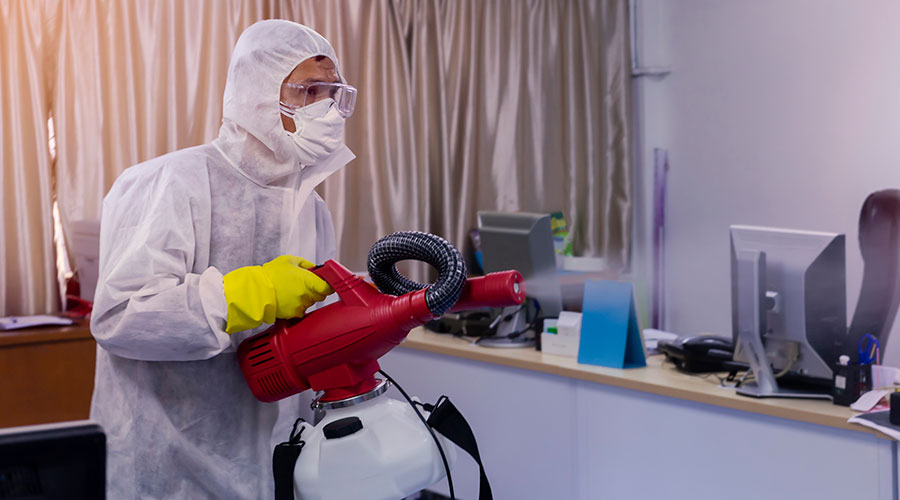In the ongoing battle to mitigate the spread of coronavirus, facility managers have been bombarded with an unremitting and ever-shifting wave of advice, guidance, and how-to. Often, that guidance has seemed contradictory between scientists, healthcare organizations, and government representatives. This doesn't always mean something nefarious is occurring. Rather, it's because as scientists learn more about coronavirus, and how it spreads, the guidance on how to prevent that spread necessarily changes as well. For instance, it wasn't until early October that the U.S. Centers for Disease Control and Prevention reversed course and issued a statement that the coronavirus could in fact travel distances greater than six feet indoors through aerosolized particles.
So how do facility managers know what's best? How can they choose between coronavirus mitigation measures that are actually, scientifically proven to be effective, and others that may just be "hygiene theater"?
Well, to start, there are your standard, tried-and-true methods of mitigation, like mask-wearing, advanced filtration, and fresh air. These strategies aren't controversial and everyone should do them. But some strategies are a little murkier in terms of how truly effective they can be against stopping the spread. What follows is an evaluation of four common facility strategies in regards to how effective or not they might be against mitigating the spread.
Humidification (Indoor Air Hydration)
The third coronavirus wave during the winter of 2020-21 is by far the worst so far, and one of the reasons for the nearly unchecked spread is that the virus thrives in dry conditions, like those present during winter. An entire body of research has sprung up to show that the best way facilities can fight viruses that are spread via airborne aerosolized particles is to humidify the indoor environment.
The target range, say experts, is between 40 and 60 percent humidity in an indoor space. Why that range? The jury is still out on some of the specifics, but we do know it works. Dr. Stephanie Taylor, a lecturer on infectious disease mitigation at Harvard Medical School and a member of ASHRAE's epidemic task force, says there are three main reasons why indoor air hydration (she says the term "humidity" makes her "itchy," because of its negative connotations) can slow the spread of the virus.





